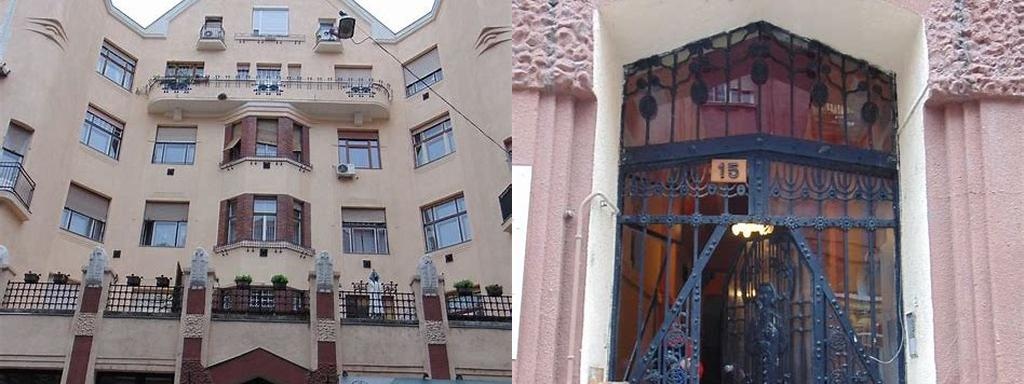
Rosenfeld-ház, or the Rosenfeld House, sits quietly on the corner of Szeged’s leafy streets, a snapshot of both elegance and endurance. For anyone who has ever wandered through Szeged, Hungary, the façade of this unique building is like a puzzle piece from another era. It’s tempting to just snap a photo and move on, but the story woven into its bricks and smooth art nouveau lines makes it worth slowing down, lingering, and listening for echoes of the past.
Not every house in Szeged has a name that has travelled through over a century of change. But Rosenfeld-ház carries the legacy of its original owners, the Rosenfeld family—prominent Jewish textile merchants who, like so many, chose Szeged as a place to build both their business and their dreams in the late 19th century. The house’s completion in 1911 was more than just an architectural achievement; it was a statement. Designed by the respected Hungarian architect József Löffler, whose fingerprints still grace several Szeged icons, the house blends functionalism with decorative flourishes typical of the region’s turn-of-the-century optimism.
The exterior? It’s pure, unconstrained art nouveau, but local. Delicate stuccoed floral motifs, rolling wrought-iron balconies, and pointed archways combine to make the Rosenfeld House unlike its neighbors, yet also unmistakably a part of Szeged’s urban identity. Gazing up at the windows framed by softly curling ornamentation, you can picture how the textile dynasty once displayed their goods here, fabrics catching sunlight and fluttering stories to passersby. Even the colorful ceramic inlays—still vibrant after decades—give clues to the Rosenfelds’ appreciation for detail and quality.
Inside, if you’re lucky enough to get a glimpse, the magic only deepens. Murmurs of old-world opulence ripple through the high-ceilinged rooms: you might notice traces of original wood paneling or tiling, and although much has changed (and been restored), the bones are pure fin de siècle ingenuity. For many, the Rosenfeld House isn’t simply a relic, but a reminder that every wall and window in Szeged holds some slice of the city’s multi-layered history. Through two World Wars, regimes, and renovations, the house has borne witness to life’s extremes—grandeur, hardship, celebration, loss. Walking by, it’s hard not to feel the weight and animation of lives lived intensely within its rooms.
Interesting enough, the story of Rosenfeld-ház is neither static nor sad. Recent years have seen careful preservation efforts, aiming to balance the building’s status as a working apartment block with its architectural and historical significance. The street is rarely silent—there are always children chattering, neighbors sweeping steps, the daily rhythms of city life carrying on. Yet, among all of this, the house remains a kind of soul marker, standing for the creativity, industry, and resilience that made Szeged the lively place it is today.
Visitors drawn to Rosenfeld-ház often reflect on the beauty hidden in unlikely places. It isn’t a grand palace or a typical museum, but the casual way the past meets the present here is refreshing. If you find yourself in Szeged, stop and stand before this quietly magnificent building. Study its details; wonder about the stories. Leave behind rushed sightseeing for a moment and step into the imagination of those who built, lived, and dreamed within its ever-watching windows. You might just find that Rosenfeld-ház is not only an architectural gem, but an invitation to connect with the rhythms of real Hungarian city life—past and present, all in one.





